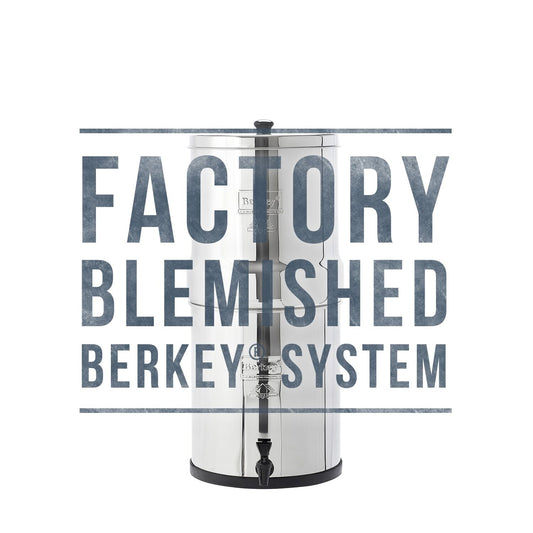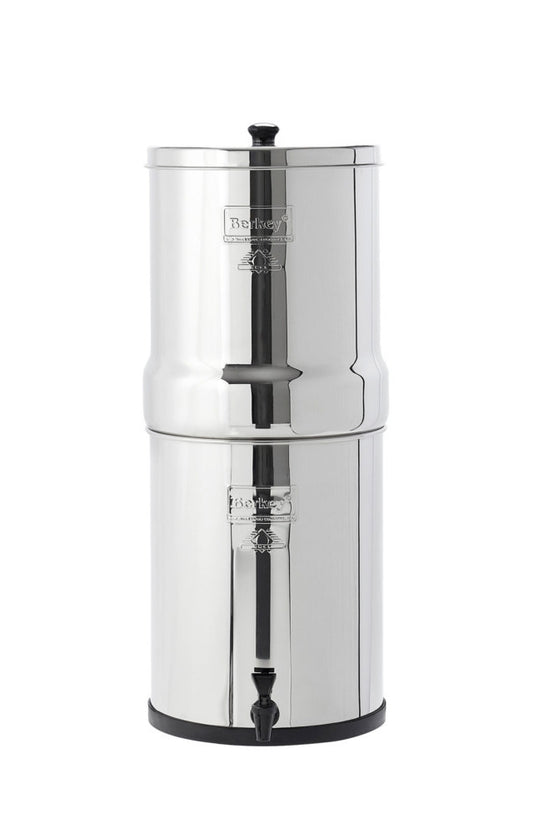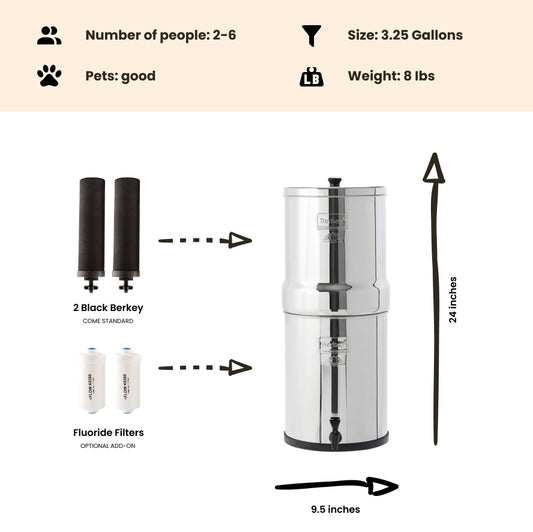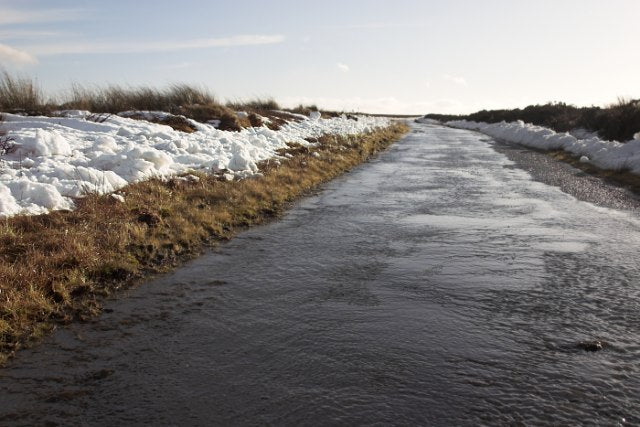
The Relationship Between Snow and Streamflow
By Dan DeBaunShare
A new study has revealed that water levels of rivers in watersheds fed by snowmelt are significantly dependent on what percentage of the precipitation consists of snowfall. What this in effect means, is that with climate change induced localized warming, if there is less snow falling – even if this is replaced by rainfall – less water will flow through the rivers than is currently the case.
The research study, which was conducted by Wouter Berghuijs, who is completing his PhD in Civil Engineering at the University of Bristol, together with two research associates, was published online in the scientific journal, Nature Climate Change.
What Affect Does Snow Have on Water Levels in Rivers?
Currently relatively little is known about river flow mechanisms of rivers sited in snowy areas. Past studies have focused largely on the role that snowfall plays in determining seasonal streamflow rates during a specific period or time of the year, assuming that snowfall did not affect the average streamflow rates. This is the first study to look at the role that snow plays in determining the average flow rates of rivers in catchments fed by snow.
Analyzing historical records from hundreds of catchment areas spread across the US, the research team assessed the effect of snowmelt in relation to the volume of water discharged by rivers. Their results have revealed that snowfall plays an important role in the average rate of water discharged by rivers.
We are very likely to see a significant reduction in snowfall due to climate warming in future – even with a temperature increase of just 2°C – which could in turn have a significant impact on catchments that rely on snowmelt. The study suggests that there will be a reduction in water levels and flow rates of affected rivers due to a temperature induced decrease in the amount of snow feeding these river systems.
According to the authors: “With more than one-sixth of the Earth's population depending on meltwater for their water supply, and ecosystems that can be sensitive to streamflow alterations, the socio-economic consequences of a reduction in streamflow can be substantial.”
This can have a serious impact on the availability of drinking water as well as other sectors that depend on this water supply.
“Our finding is particularly relevant to regions where societal important functions, such ecosystem stability, hydropower, irrigation, and industrial or domestic water supply are derived from snowmelt,” said the authors.
Considering the importance of streamflow rates and the potential impact on society should there be drastic changes in streamflow, the research team have proposed that further investigation is necessary to enable us to respond to a temperature induced shift in precipitation from snowfall to rainfall so that we can cope with the consequences in the event of such as shift.
Journal Reference: A precipitation shift from snow towards rain leads to a decrease in streamflow, W. R. Berghuijs, R. A.Woods and M. Hrachowitz, Nature Climate Change, Vol 4, June 2014.
-
Regular price From $302.00 USDRegular priceUnit price / per
-
Regular price $234.00 USDRegular priceUnit price / per
-
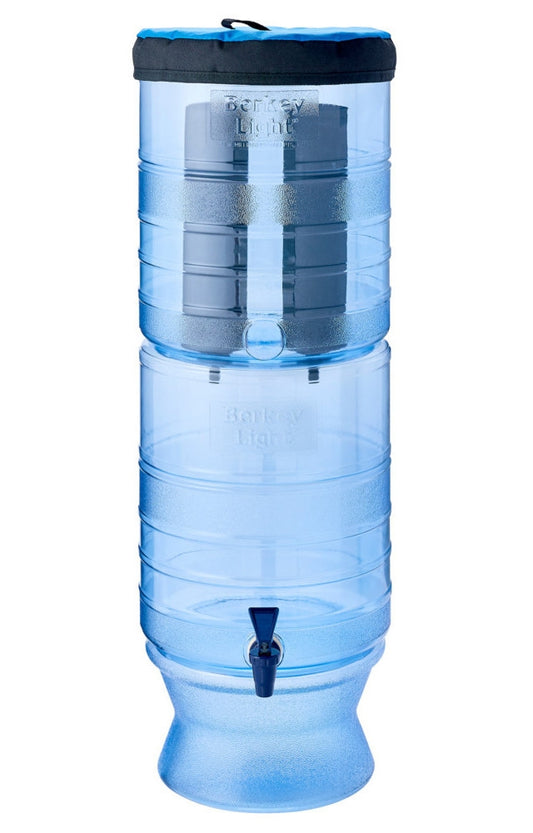
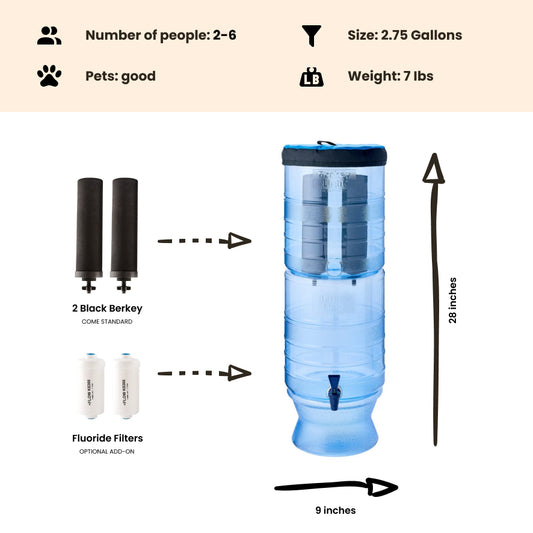 Sold outRegular price From $305.00 USDRegular priceUnit price / per
Sold outRegular price From $305.00 USDRegular priceUnit price / per -
Regular price $327.00 USDRegular priceUnit price / per
-
Regular price From $367.00 USDRegular priceUnit price / per
-
Regular price From $408.00 USDRegular priceUnit price / per
-
Regular price From $451.00 USDRegular priceUnit price / per

Dan DeBaun
Dan DeBaun is the owner and operator of Big Berkey Water Filters. Prior to Berkey, Dan was an asset manager for a major telecommunications company. He graduated from Rutgers with an undergraduate degree in industrial engineering, followed by an MBA in finance from Rutgers as well. Dan enjoys biohacking, exercising, meditation, beach life, and spending time with family and friends.
~ The Owner of Big Berkey Water Filters


